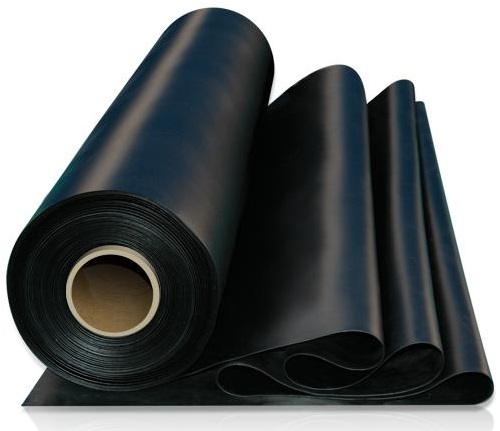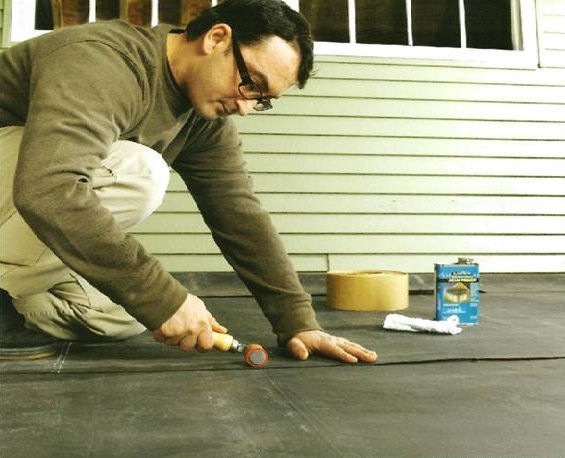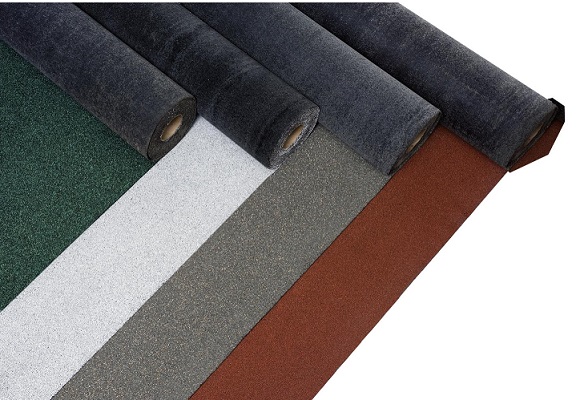A Look at Rolled Roofing
Among the popular types of roofing used for flat roofs, rolled roofing emerges as the best because of its easy installation method. The roofing material is made from the common asphalt shingles with the difference being that it is much thinner and is installed in form of long strips. Although quite popular, this type of roofing is ideal for structures such as out-buildings, work sheds and garages which do not really need to be visually appealing. The roofing can be used as part of a roof replacement project or to repair areas that have been damaged by weather elements resulting in leaking.
Most times, rolled roofing is usually done as part of a DIY project because the installation process is not difficult. It is only installed as a single layer which allows the work to be done much faster than with other types of roofing materials. However, it is important to have the right tools when working on this kind of roof so that the final results are satisfactory. In times, when the roof to be worked on is large, it is advisable to enlist help to assist in covering the whole area with asphalt rolled roofing, and they can be roofing professionals from a local company or skilled family members.
Pros and Cons of Rolled Roofing
Pros
- Affordable – The material used in the construction of rolled roofing is relatively cheap which makes its overall price quite fair. When compared to asphalt shingles that are considered low cost, this type of roofing is still much more affordable and therefore ideal for people looking for low cost alternatives. However, when shopping, it is still important to compare prices from one company to another to get the best quality and price as well before making the final purchase.
- User friendly – Installing a rolled roof can be done by roofing amateur and the result is satisfactory. For most people the easy installation ensures that they save money which would have been used in the hiring of a professional contractor from a roofing company. In addition, the installation process can help those learning about roofing to build up their skills in the area.
- Protective – Majority of the types of rolled roofs that are available in the market are water proof making them the best option for outdoor structures. Some of them such as rubber rolled roofing are made in such a way that they cannot be penetrated by rainfall which in turn protects the overall structure.
Cons
- Variety – Although these types of roofs are low cost, they are not available in a large variety of colors. It is common to find a limited number of rolled roofing colors when shopping n a number of stores, which sometimes makes it impossible to find one that displays your personal style.
- Longevity – If you are looking for a long lasting roofing material, it is better not to invest in rolled roofs as they only last up to a maximum of seven years or less. Their inability to last long makes them ideal for structures that do not require a lot of quality roofing such as garages among others.
- Appearance – Among the roofing options that have shingles as part of their design, rolled roofs are the most unattractive. It is for this reason that they are ideal for roofs that are flat because most people cannot see them when standing on the ground.
These days, rolled roofs are continuing to grow in popularity and are a good choice for anyone looking for quality roofing for their outdoor structures. They are a good way of protecting the structures without using too much money.



